CONVERSATIONS
First, You Have to Hear
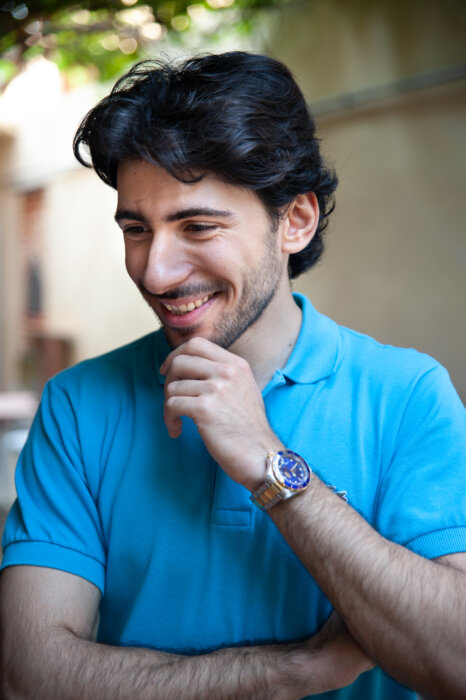
ALEKSANDRA KOTECKA, TOMASZ WIERZBOWSKI
First, You Have to Hear
Murat Içlınalça, a master-singer from the church of St. George the Illuminator and graduate of the music conservatory in Istanbul, gives us a glimpse on the complexity of the theory of modal music and explains why it is not theory that gives specific modi their unique character. Interview translated from Armenian by Aram Kerovpyan.
GLOSSARY OF TERMS AND NAMES
- Comma
- Qanun
- Maqam
- Tetrachord, Pentachord
GLOSSARY OF TERMS AND NAMES
- Comma
Comma – is a very small interval, the difference resulting from tuning one note two different ways. The word comma used without qualification refers to the syntonic comma, which can be defined.
- Qanun
Qanun – is a string instrument played either solo, or more often as part of an ensemble, in much of the Middle East, North Africa, West Africa, Central Asia, and southeastern regions of Europe.
- Maqam
Maqam – is the system of melodic modes used in traditional Arabic music, which is mainly melodic. The word maqam in Arabic means place, location or position. The Arabic maqam is a melody type. It is “a technique of improvisation” that defines the pitches, patterns, and development of a piece of music and which is “unique to Arabian art music”.
- Tetrachord, Pentachord
Tetrachord, Pentachord – The scales in Turkish music are constructed by the combination of a tetrachord following a pentachord or a pentachord following a tetrachord. This is different than in Western music, where a scale is made of two tetrachords [Turkish Music Makam Guide. Murat Aydemir, Pan Yayıncılık 2010].
About
Murat İçlinalça was interviewed by
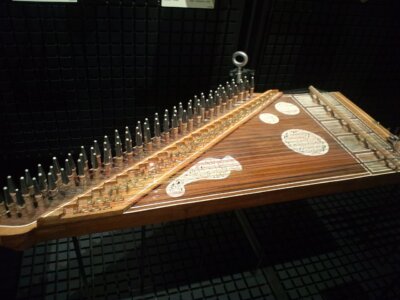

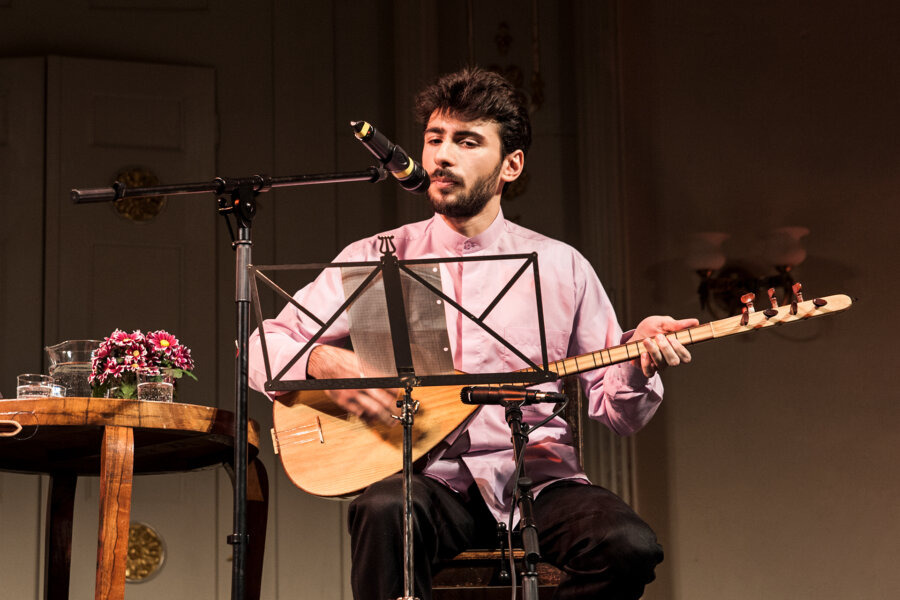
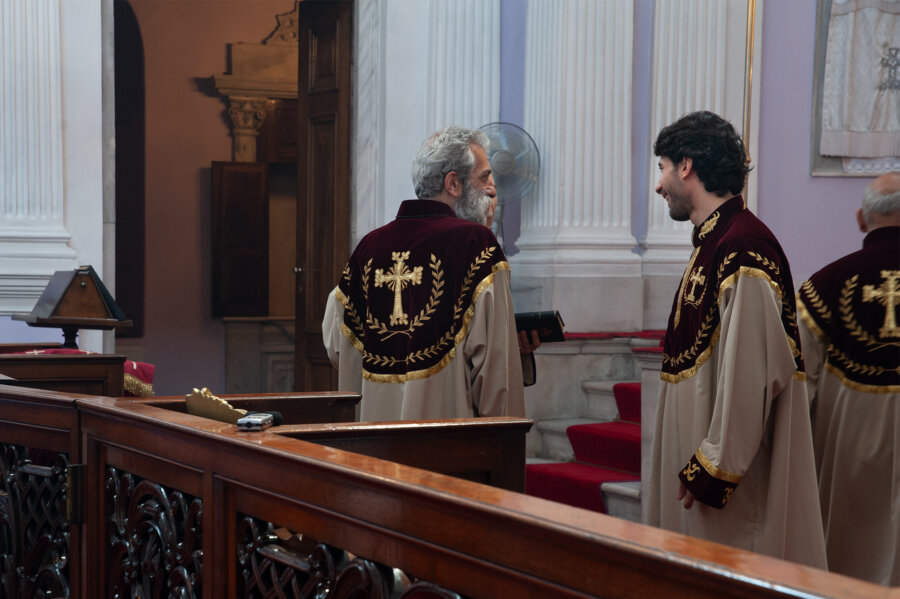
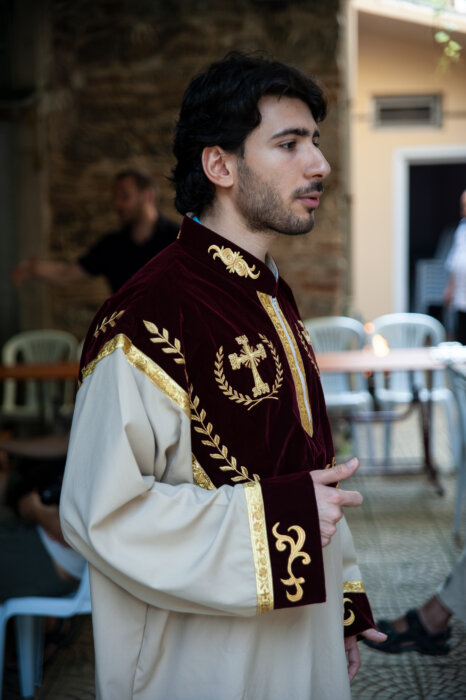
Leave a Reply